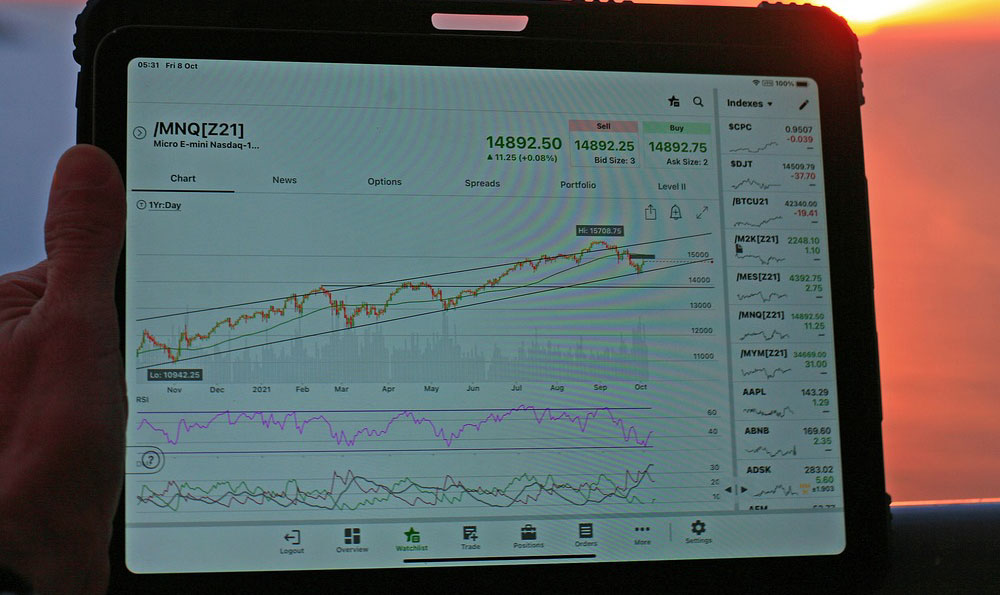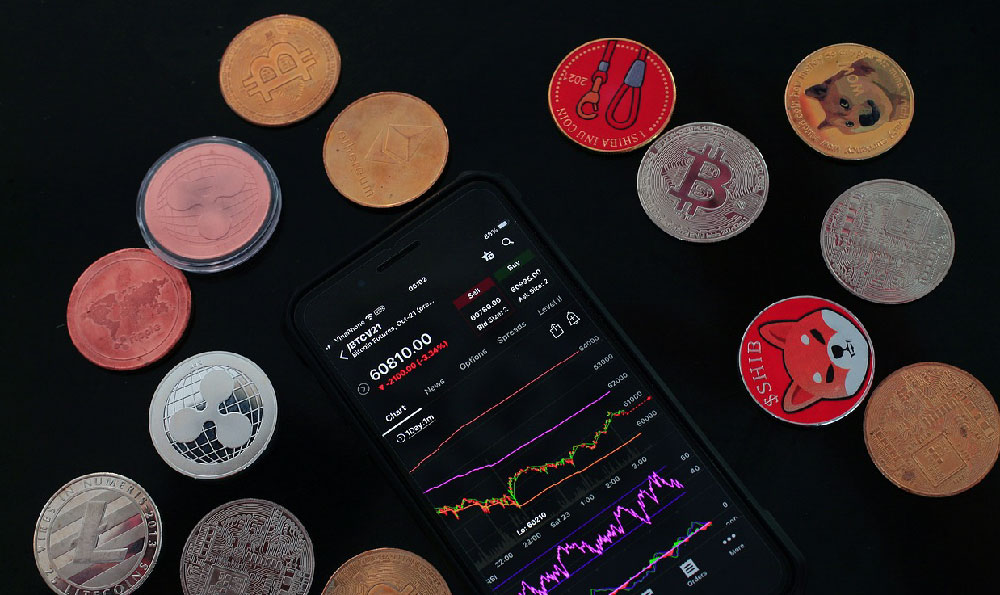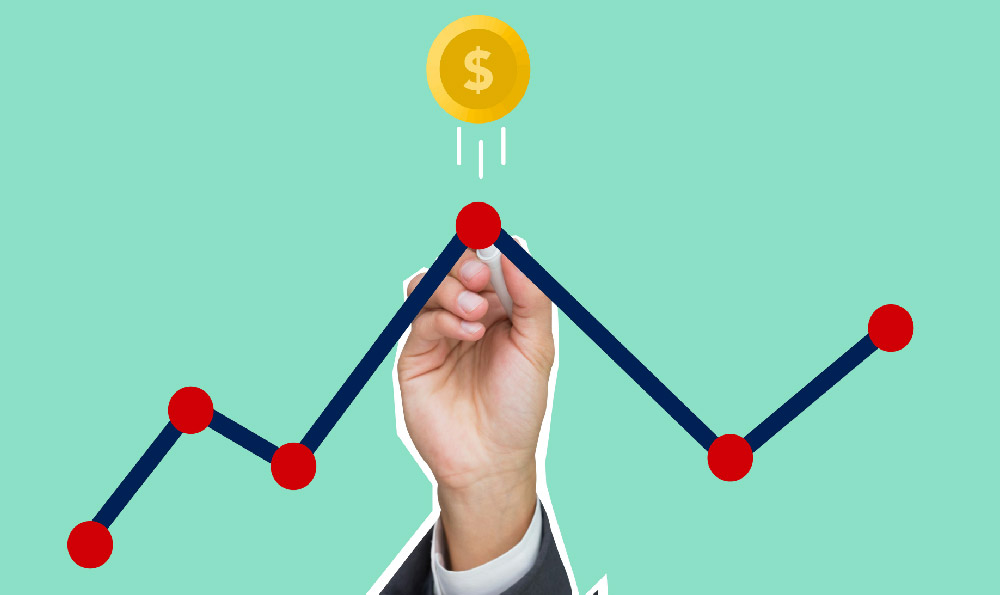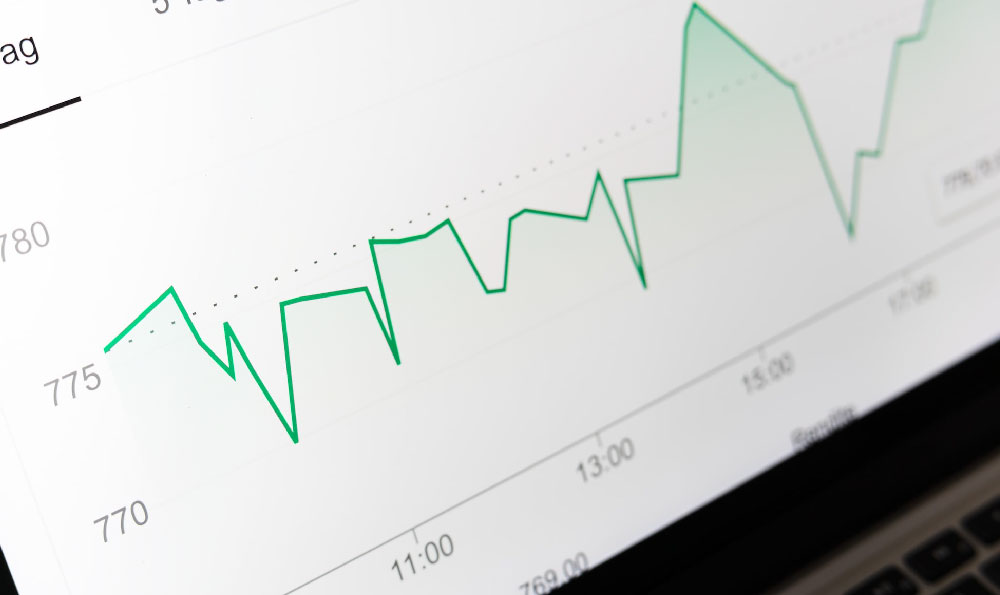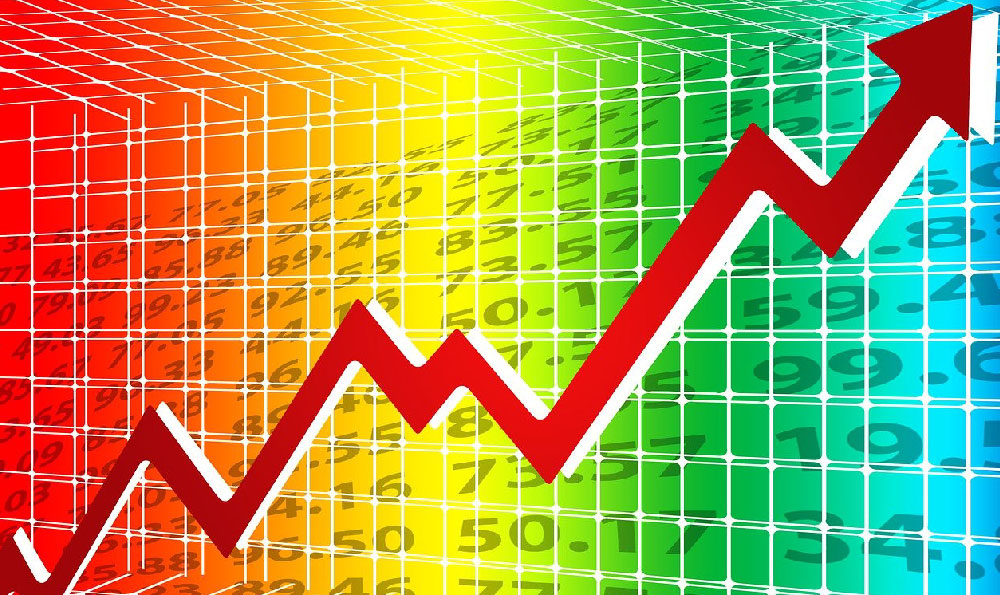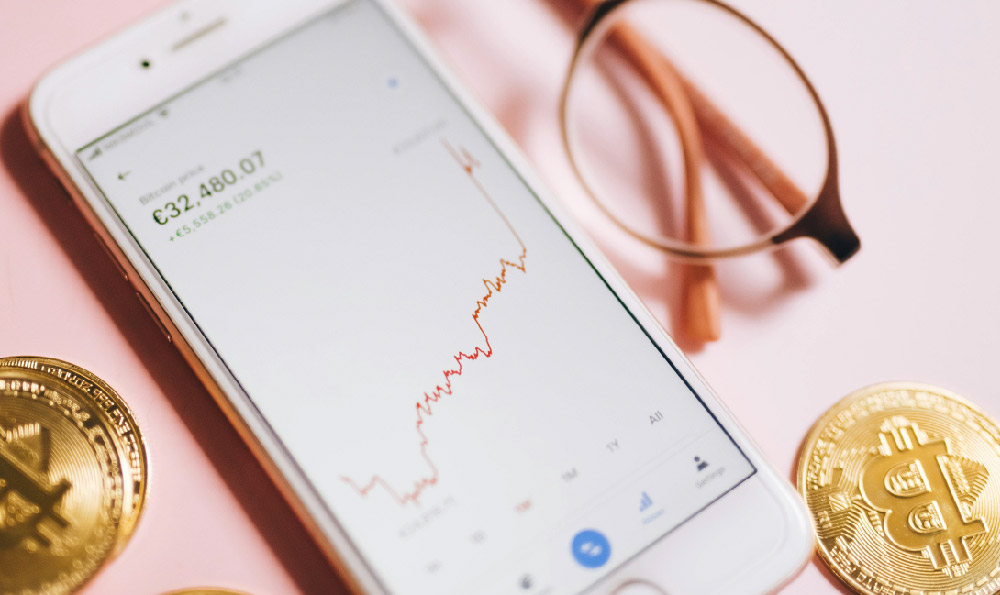Okay, I understand. Here's an article addressing the topic of dividends, designed to be informative and comprehensive, suitable for investors of various experience levels.
Dividends: Understanding Their Mechanics and Investment Implications
Dividends represent a tangible return for shareholders, a direct cash payout derived from a company's profits. While not every company offers them, dividends are a significant aspect of investing, often attracting investors seeking a steady income stream and signaling a company's financial health. Understanding how dividends work, their benefits, and the potential drawbacks is crucial for making informed investment decisions.

At its core, a dividend is a distribution of a company's earnings to its shareholders. These earnings are typically profits that remain after covering operating expenses, debt repayments, and reinvestments back into the business. Companies that consistently generate free cash flow are more likely to pay dividends. The decision to distribute dividends, and the amount of the dividend, is typically made by the company's board of directors. They consider factors such as profitability, future investment opportunities, and overall financial stability before declaring a dividend.
Dividends are usually expressed as a per-share amount. For example, a company might declare a dividend of $1.00 per share. If you own 100 shares of that company, you would receive $100 in dividend payments. Dividends can be paid out in various intervals – quarterly, semi-annually, annually, or even as a one-time special dividend. Quarterly dividends are the most common, allowing investors to receive a regular stream of income.
Several key dates are associated with dividend payments. Understanding these dates is essential to ensure you are eligible to receive the declared dividend. The declaration date is when the company officially announces the dividend payment, including the amount and payment date. The record date is the date on which you must be a registered shareholder to be eligible for the dividend. The ex-dividend date is typically one business day before the record date. This is a crucial date because if you purchase the stock on or after the ex-dividend date, you will not receive the dividend. Finally, the payment date is when the dividend is actually distributed to shareholders, usually electronically deposited into brokerage accounts.
The yield from dividends, often referred to as the dividend yield, is a crucial metric for investors. It's calculated by dividing the annual dividend per share by the current share price. For example, if a company pays an annual dividend of $2.00 per share and its stock is trading at $50, the dividend yield would be 4% ($2.00 / $50 = 0.04). Dividend yield provides a relative measure of the income generated by the stock compared to its price. It allows investors to compare the income potential of different dividend-paying stocks. A higher dividend yield may seem attractive, but it's essential to consider the overall financial health and stability of the company. A high dividend yield can sometimes indicate that the market perceives the company's future prospects as uncertain, leading to a lower stock price and, consequently, a higher yield.
Investing in dividend-paying stocks can offer several benefits. The most obvious is the potential for a steady stream of income, particularly valuable for retirees or those seeking to supplement their income. Dividends can help to offset inflationary pressures and provide a more stable return compared to stocks that rely solely on price appreciation. Furthermore, companies that consistently pay and increase their dividends often exhibit strong financial performance and responsible management. These "dividend aristocrats," as they are sometimes called, have a track record of increasing dividends annually for at least 25 consecutive years, often indicating a resilient business model and a commitment to shareholder value.
However, investing in dividend stocks also has potential drawbacks. The primary concern is that focusing solely on dividend yield can lead investors to overlook other critical factors, such as the company's growth potential, financial health, and competitive landscape. A company might offer a high dividend yield simply because its stock price has declined significantly, indicating underlying problems within the business. Furthermore, dividends are not guaranteed. A company can choose to reduce or eliminate its dividend payments if it faces financial difficulties or needs to reinvest profits for future growth. This can lead to a decline in the stock price and a loss of income for investors.
Another consideration is the tax implications of dividends. In many jurisdictions, dividends are subject to taxation, although the tax rate may vary depending on the type of dividend and the investor's income bracket. Investors should consult with a tax advisor to understand the specific tax implications of dividend income in their region.
So, should you invest in dividend-paying stocks? The answer depends on your individual investment goals, risk tolerance, and financial situation. If you are seeking a steady stream of income, particularly in retirement, dividend stocks can be a valuable addition to your portfolio. However, it's crucial to conduct thorough research and consider factors beyond just the dividend yield. Look for companies with a history of consistent dividend payments, a strong financial foundation, and a sustainable business model. Diversifying your portfolio across various sectors and industries can also help mitigate risk and ensure a more balanced income stream.
In conclusion, dividends are a significant aspect of investing, offering a tangible return and signaling a company's financial health. Understanding how dividends work, their benefits, and potential drawbacks is essential for making informed investment decisions. By carefully considering your individual circumstances and conducting thorough research, you can determine whether dividend-paying stocks are a suitable addition to your investment portfolio. Don't chase high yields blindly; prioritize companies with strong fundamentals and a sustainable dividend policy for long-term success.



